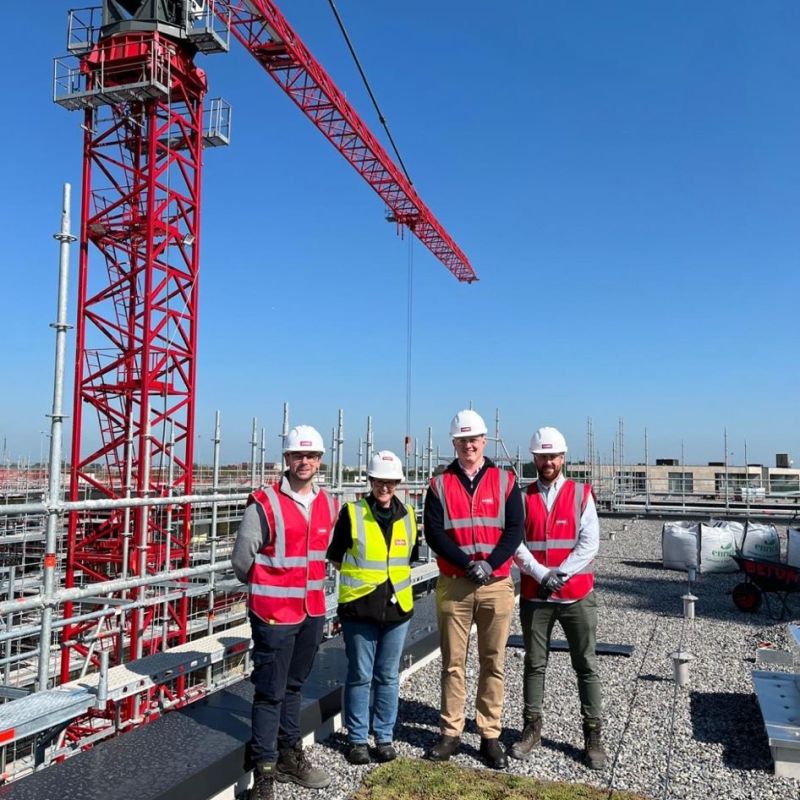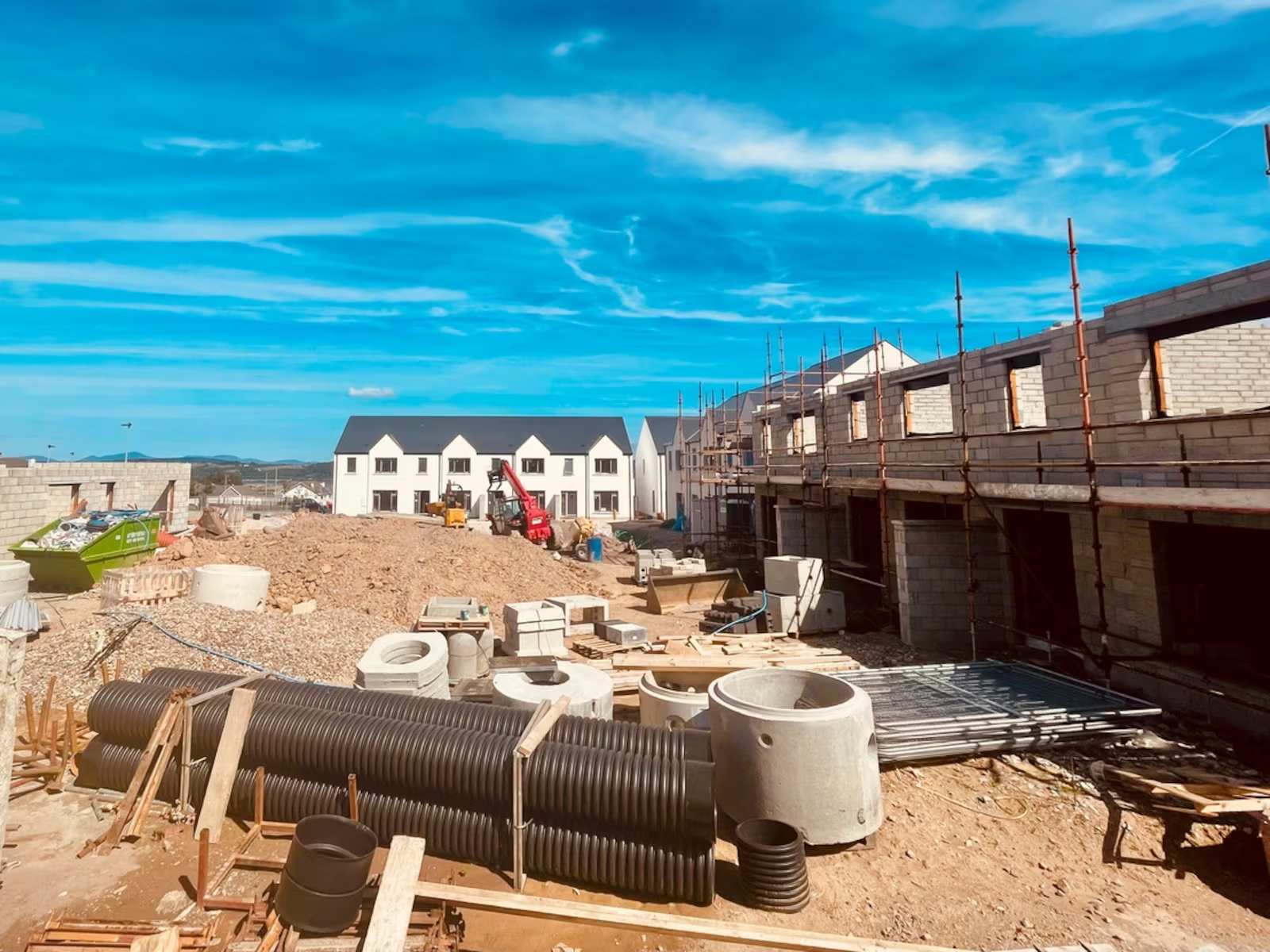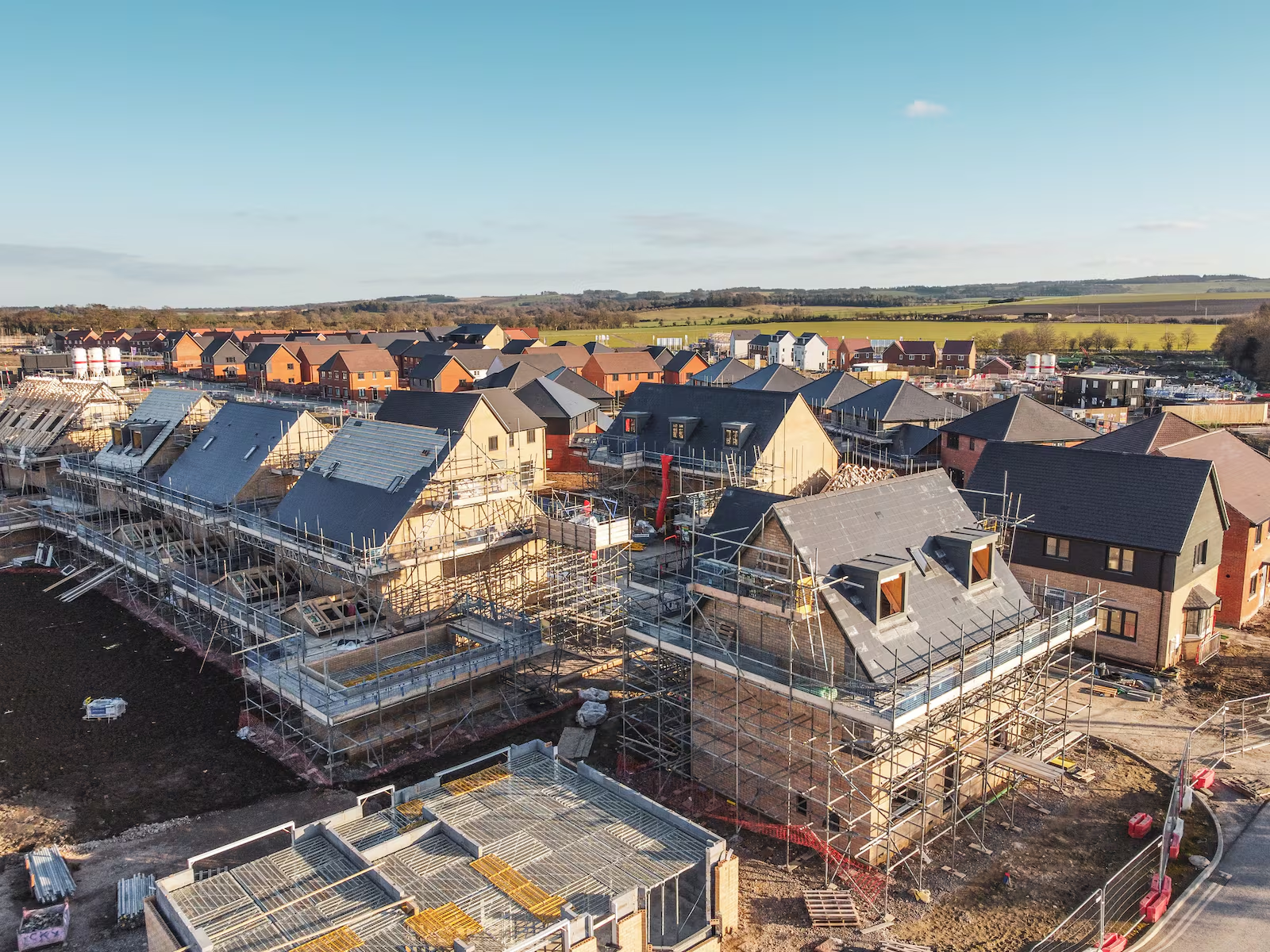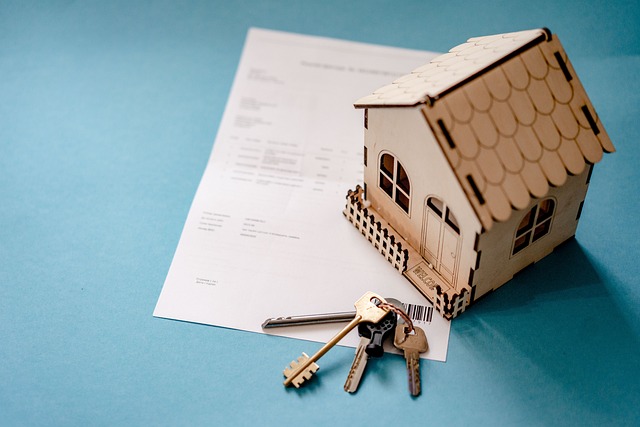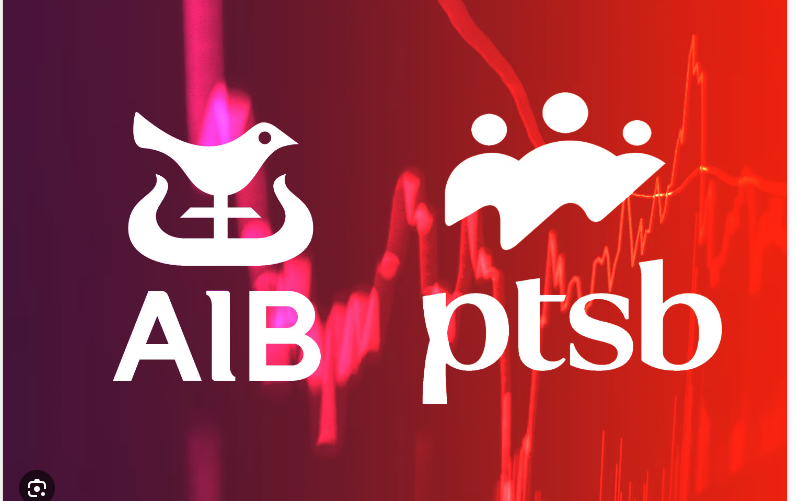Positive projections for the construction industry in this recent Irish Times article – “STEADY” seems to be the consensus amongst most people I speak to but steady for the next 12 months is not a bad thing. If the larger residential schemes get planning approval the demand on materials, labour, resources etc will be close to breaking point.
Builders began 2023 as they had the previous two years, grappling with inflation. Costs rose about 11 per cent in 2022, according to surveyors, who expected them to rise a further 4 per cent in the opening three months of this year. Official figures, meanwhile, calculated that inflation hit 14 per cent in the 12 months to the end of February.
Inflation inevitably hit activity. Consecutive purchasing managers’ indices (PMI) from late in 2022 and the early months of this year show headline declines. By the end of March, these had fallen for four months in a row, with house building suffering particularly, in a blow to Government efforts to tackle a 10-year-old crisis.
However, those slowdowns followed a year of exceptional growth. Government-imposed Covid lockdowns marred both 2020 and the early months of 2021. So, like many businesses, construction did not finally shake off the dragging effect of the pandemic until 2022.
Overall, the industry expanded 9 per cent through last year, with total output approaching €32 billion. That was against a background of rising energy costs, accelerating demand throughout the economy and the inflation that first reared its head in the early months of 2021.
Growth this year is unlikely to match 2022 but the industry is still expected to expand at a rate of 2.5 to 3 per cent. This would be substantial at any time, though, coming in the heat of a general inflation crisis, it means businesses will continue to face cost pressures.
The March PMI did show inflation easing, meaning the actual rate of price increases slowed, rather than stopped or turned around. Director of the Construction Industry Federation (CIF) Tom Parlon says cement prices rose 27.5 per cent over the past year, while timber and steel increased by almost two-thirds.
“Cement continues to go up, steel is coming down and timber has moderated also,” Parlon says.
Kevin James, president of the Society of Chartered Surveyors in Ireland says construction inflation rose 11.5 per cent last year and could have increased a further 4 per cent in the opening months of 2023. Energy, another key cost for builders, has stabilised, but remains “a bit volatile”.
Energy costs not only hit builders but also the businesses that make construction materials, piling extra stress on this front. James agrees that prices for key materials including steel have stabilised. However, he warns that demand for insulation and related products is growing on the back of climate action, driving up their cost.
Labour is another obvious pressure point, James notes. Construction has a big workforce. It employed 163,000 in the final three months of 2022, according to official estimates. Most expect it to at least reach 170,000 this year.
Following a Government order in April setting basic pay in the industry, general operatives and craft workers will get increases in hourly rates to between €15.35 and €21.09, from between €14.93 and €20.52 this year. Overall pay rises in 2023 will be about 4.7 per cent, while unions have lodged claims for further hikes based on an 8 per cent jump in the cost of living.
Professionals can almost name their price, says Parlon. The industry backed a recruitment drive in South Africa by 20 companies for project managers, engineers, quantity surveyors and other qualified staff. However, shortages across every grade throughout the industry persist, with further squeeze likely.
https://www.irishtimes.com/business/2023/06/23/construction-to-expand-despite-domestic-and-external-challenges/




